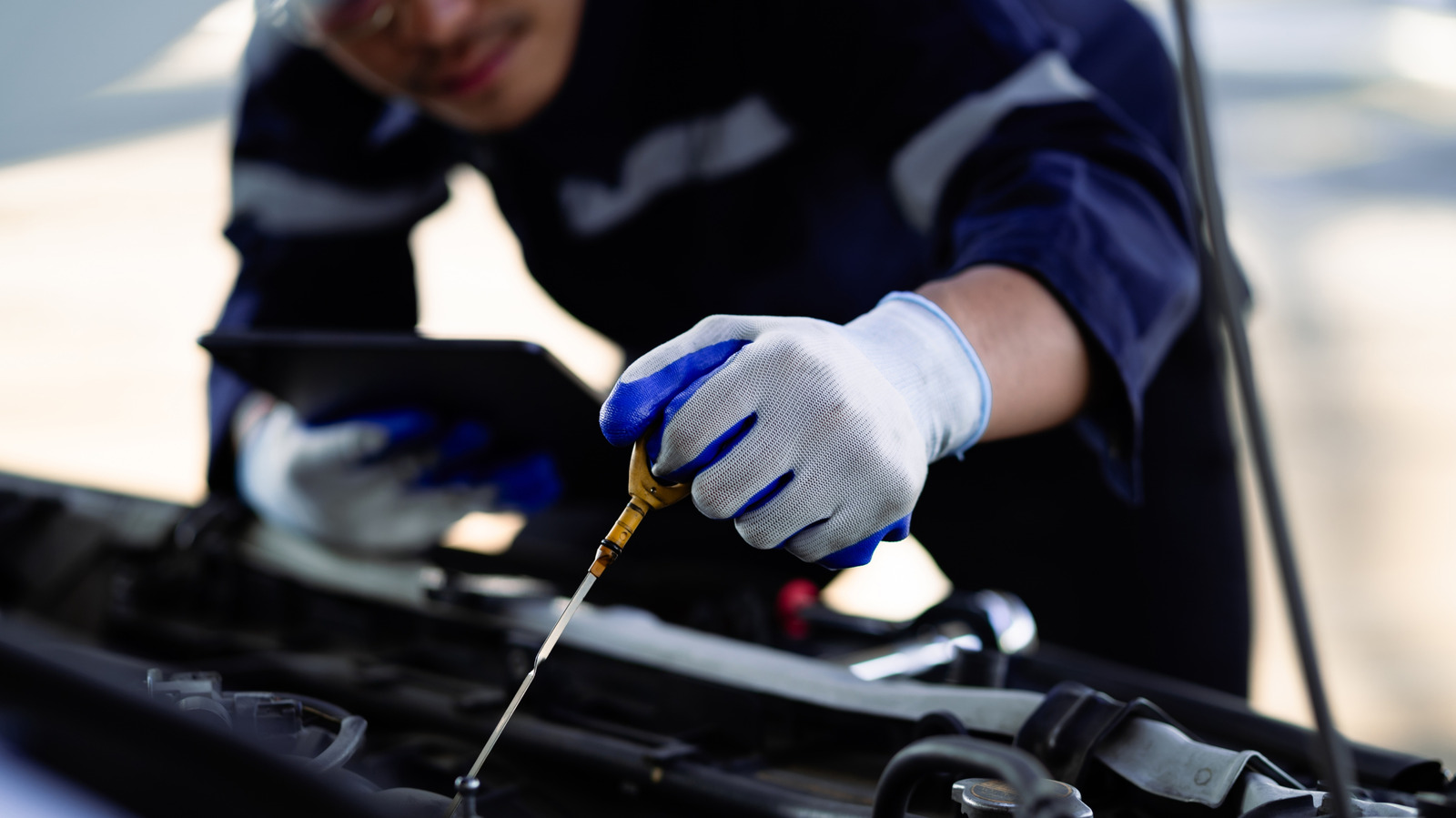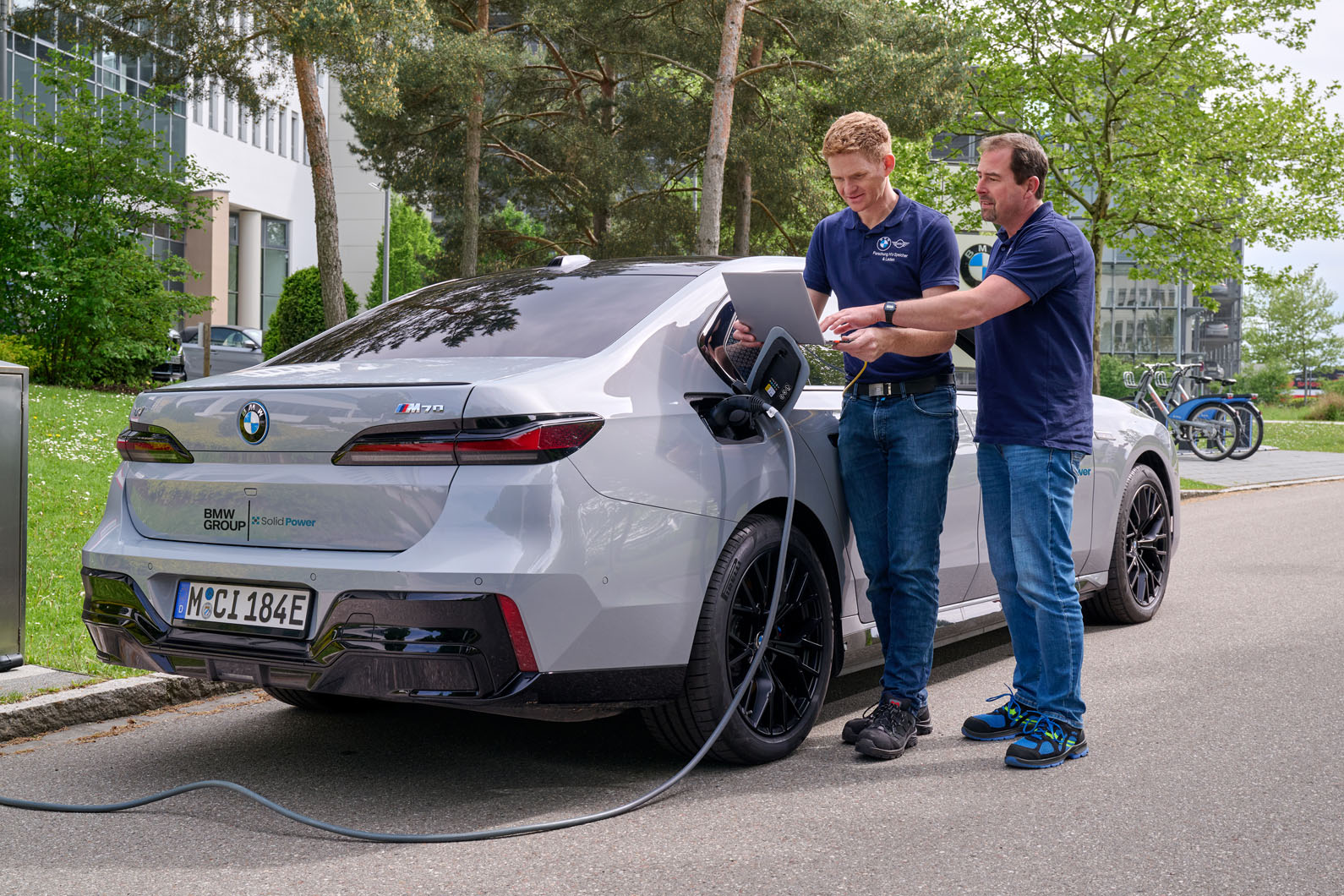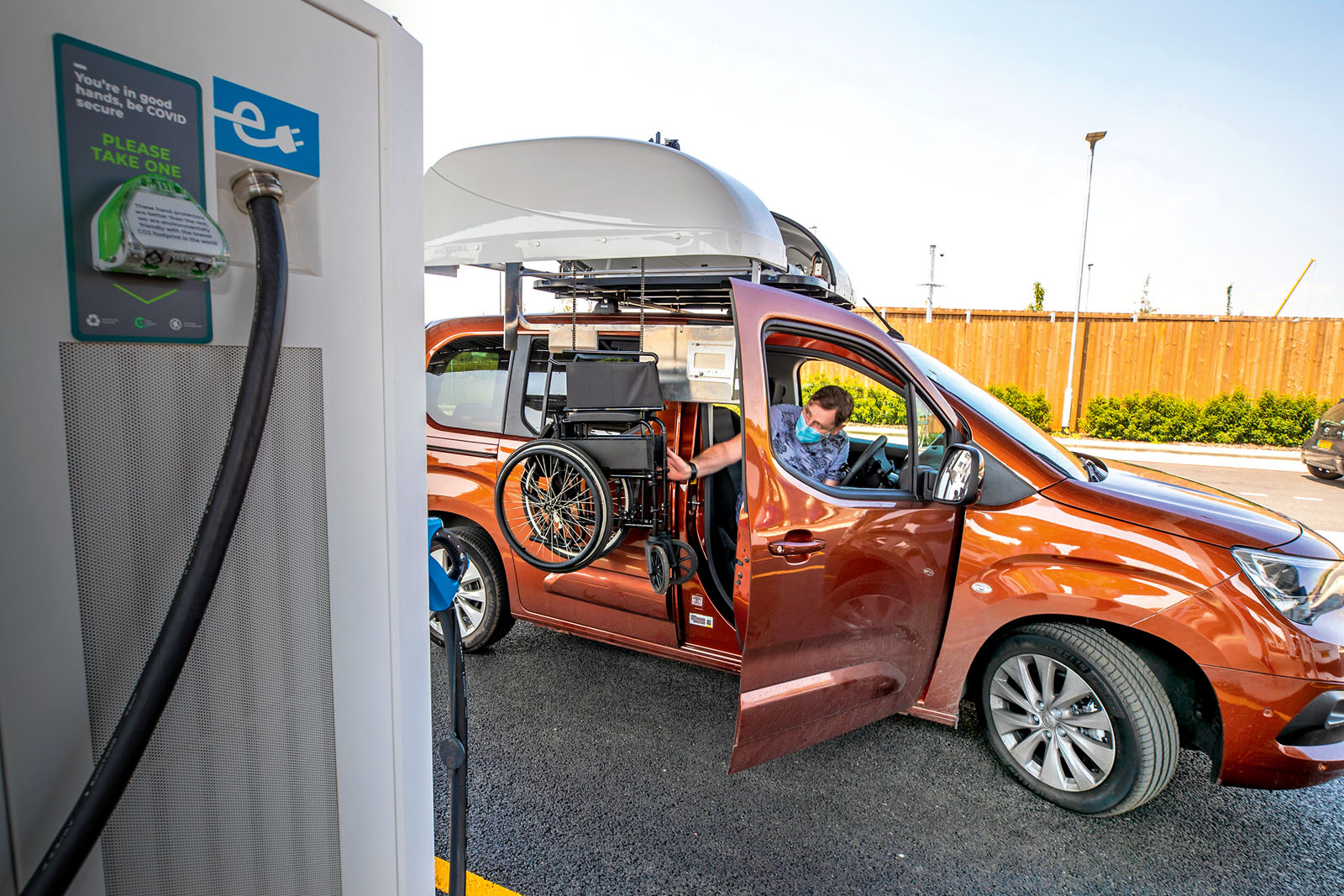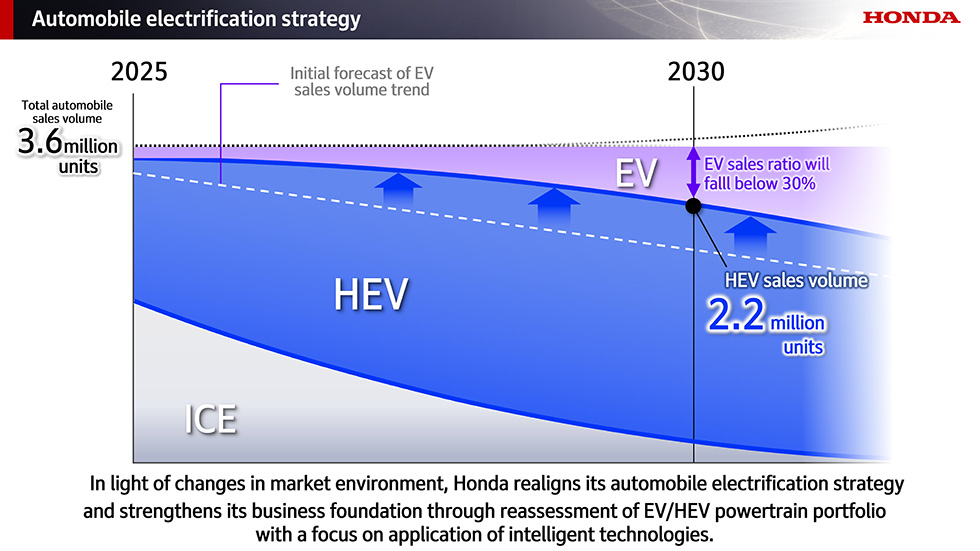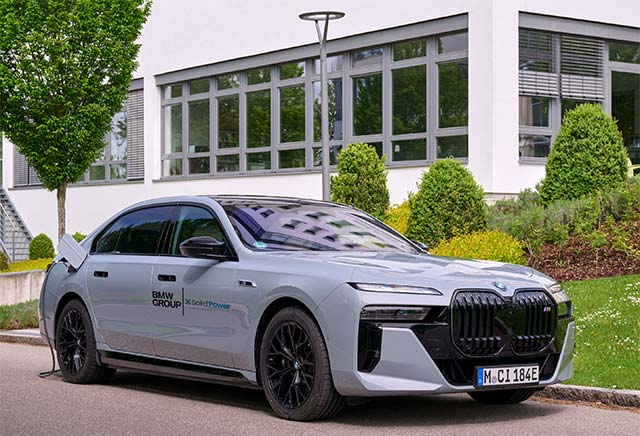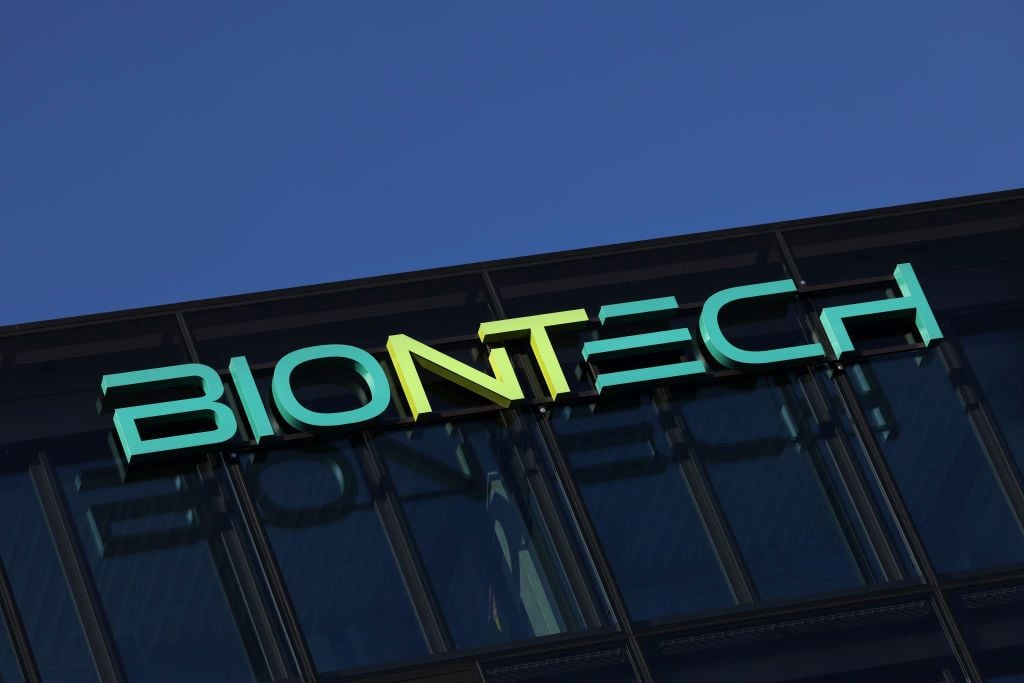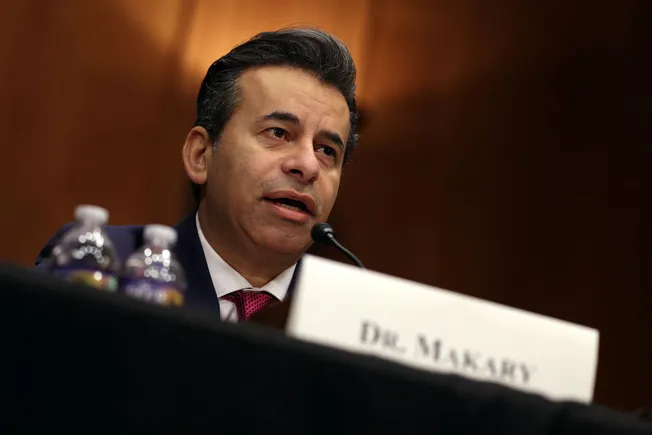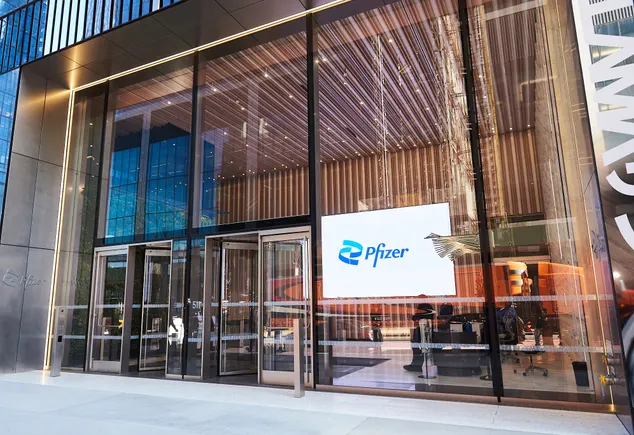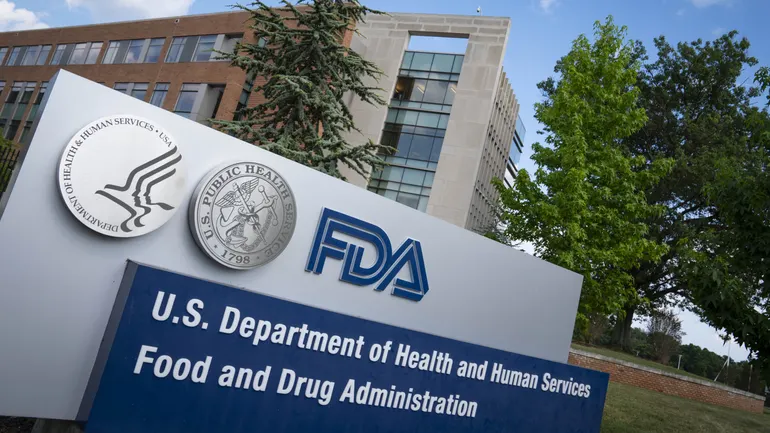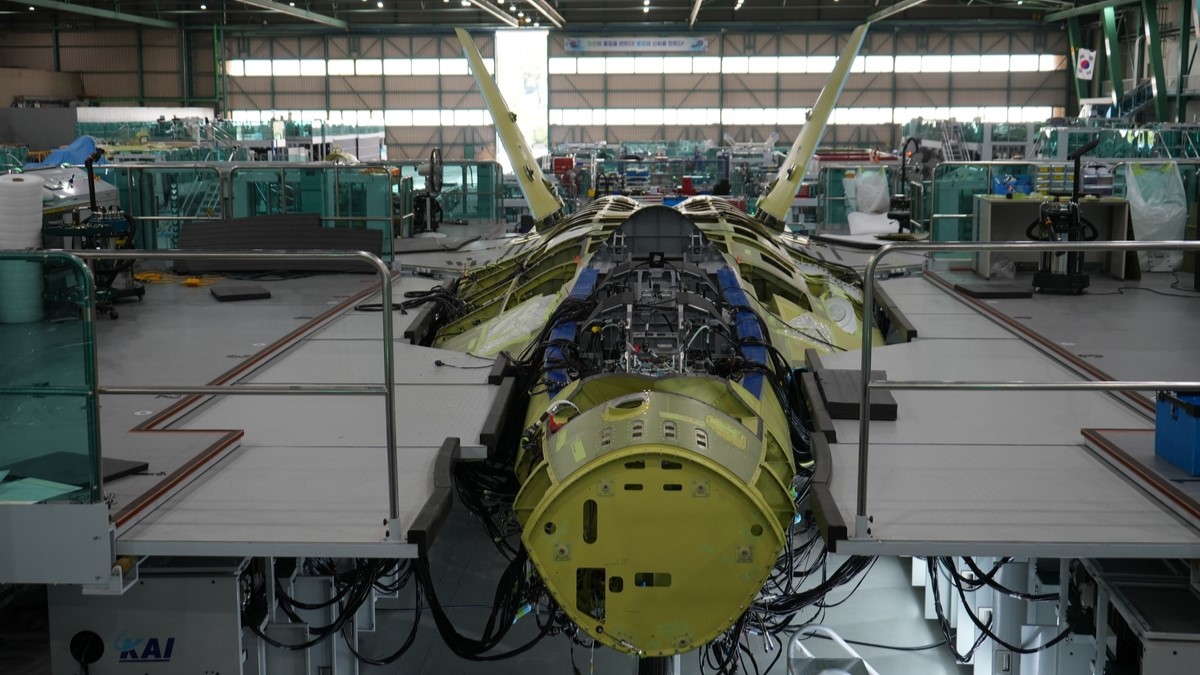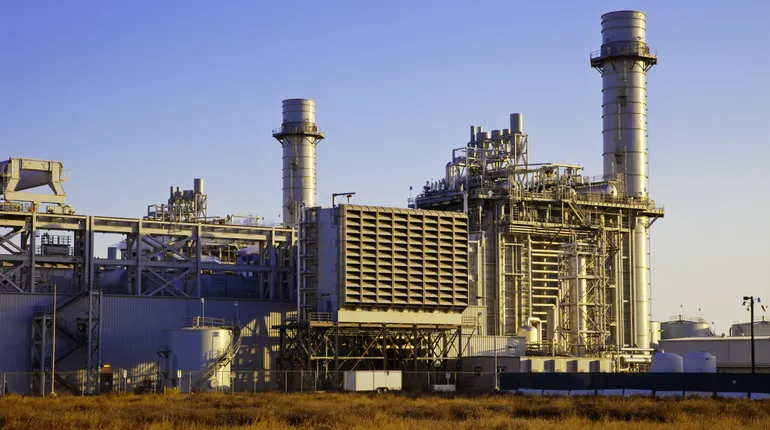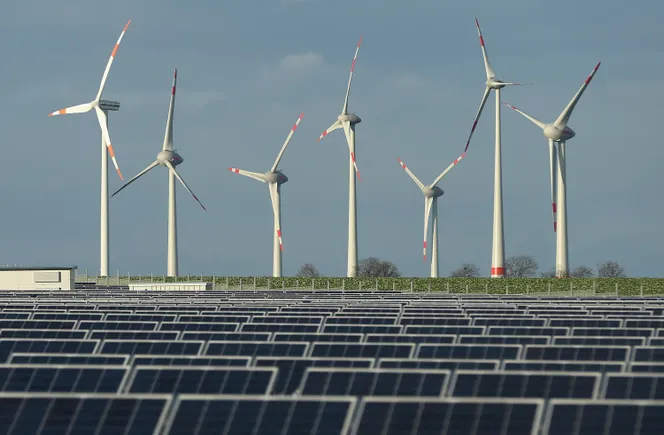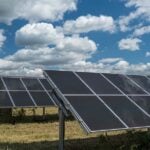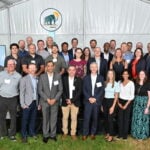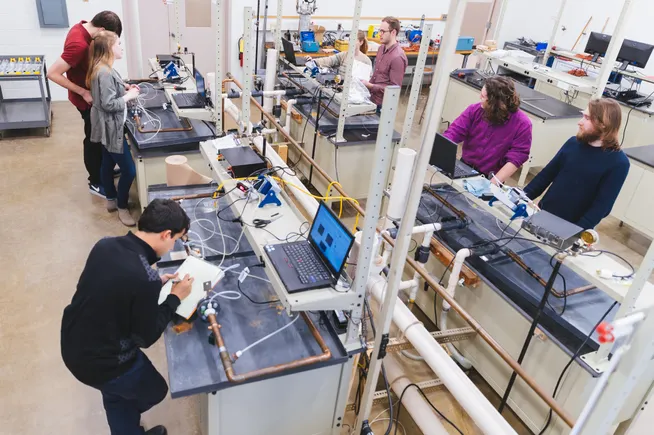Quantitative Analysis of Aging and Rollover Failure Mechanisms of Lithium‐Ion Batteries at Accelerated Aging Conditions
Advanced Energy Materials, Volume 15, Issue 19, May 20, 2025.

This work discloses that high temperature exacerbates electrolyte decomposition (especially lithium salts), together with organic SEI decomposing into more stable inorganic SEI, resulting in a thicker, more inorganic-rich SEI and accelerated capacity loss. Furthermore, this work reveals the rollover failure mechanism of the battery, which is primarily due to the depletion of additive VC.
Abstract
Accurate quantification of the aging mechanisms of batteries at accelerated aging conditions is of great significance for lithium-ion batteries (LIBs). Here the aging and rollover failure mechanisms of LiFePO4 (LFP)/graphite batteries at different temperatures are investigated using a combination of advanced techniques such as electrolyte quantification methods, mass spectrometry titration (MST), time-of-flight secondary ion mass spectrometry (TOF-SIMS), and Raman imaging. The growth, rapture, and repair process of the solid electrolyte interphase (SEI) is the primary mechanism leading to battery aging, and its contribution increases with temperature. High temperature exacerbates electrolyte decomposition (especially lithium salts), together with organic SEI decomposing into the more stable inorganic SEI at high temperature, resulting in a thicker SEI rich with inorganic compositions. High temperatures also lead to spatially inhomogeneous side reactions, which may in turn accelerate further degradation of the battery. The sharp battery capacity decline, namely the rollover failure, is primarily due to the depletion of additive VC, which shifts electrolyte degradation from additive VC to solvents and lithium salts, rather than by the increase of internal resistance, lithium plating, electrolyte drying out, electrode saturation, or mechanical deformation.












